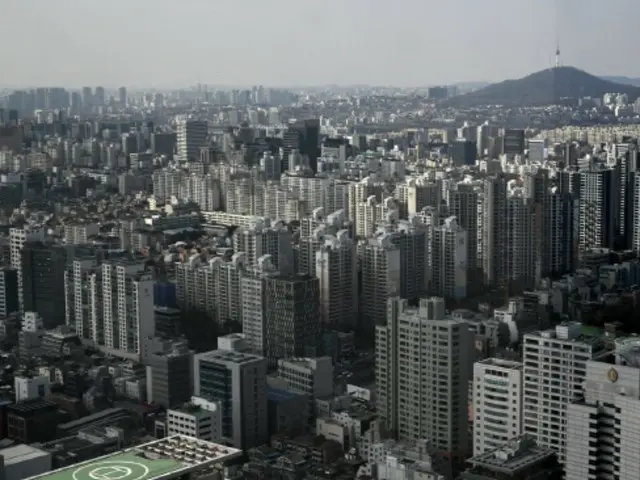The number of people moving between eup, myeon and dong (administrative districts) was 476,000, down 10.7% from the same month last year, the lowest level for April since 2023.
The number of people moving in April increased from 455,000 for 2023 to 533,000 last year, but has since declined again this year. This marks the second consecutive month of decline, following a 2.6% decrease in March.
The population migration rate, which indicates the number of people who moved per 100 people, was 11.4%, down 1.4 percentage points from 12.7% in the same month last year. The breakdown of the total number of people who moved was 66.
Compared to the same month last year, travel within city roads was down 10.4%, and travel between city roads was down 11.4%.
The Statistics Bureau said the current decline in population movement was due to structural factors such as a declining birthrate and an aging population.
The analysis found that the decline in the population of young people, who tend to be more enthusiastic about the future, was behind the decline. Looking at the net population movement by city and province, the largest decline was in Incheon (2,535 people), Gyeonggi (3,101 people), Chungnam (941 people), and Chungbuk (
On the other hand, nine cities and provinces, including Seoul (down 3,718 people), Busan (down 1,822 people), and Gwangju (down 1,424 people), recorded a net inflow of people outnumbering inflows.
In particular, Seoul saw a net inflow of people from February to March due to the effect of new large-scale apartment buildings moving in, but has now turned to a net outflow again.
The highest net migration rate was in Incheon at 1.0%, while the lowest was in Gwangju, with a decrease of 1.2%.
2025/05/29 06:02 KST
Copyrights(C) Herald wowkorea.jp 104

